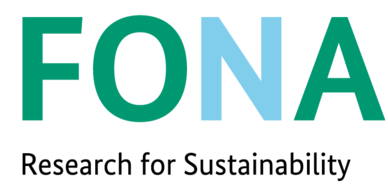Looking into the future of the Humboldt Current off the coast of Peru
In two parallel workshops in Kiel and Lima on November 23, researchers from Germany and Peru took a look into the future of the Humboldt Current system. The aim was to develop narratives that will be the guidelines of the Humboldt-Tipping project in the next two years. Humboldt-Tipping "Alternative Futures of the Northern Humboldt Current Upwelling System under Shared Socioeconomic Pathways" is funded by the German Federal Ministry of Education and Research (BMBF), led by Kiel University and recently entered in its second phase.
Together with stakeholders such as coastal and industrial fishermen and nature conservation organizations or political decision makers, scientists from Kiel, Hamburg and Bremen want to identify and implement adaptation options for one of the world's most productive coastal ecosystems. Humboldt-Tipping has three main objectives: the evaluation of future scenarios on different spatial and temporal scales, the investigation of adaptation and transformation options, and the active communication and discussion of scientific results with local stakeholders.
In the first workshops of the second phase, narratives were developed based on the results of four years of research and assuming possible future social and economic developments. These narratives show different scenarios of the Humboldt Current system up to 2050, with a special focus on different coastal fisheries (e.g. anchovy), industrial fisheries and aquaculture of shrimps, scallops and seaweed. Knowledge of the different development options will enable scientists and stakeholders to develop timely management measures to contribute to food security (SDG 2) for the region and large parts of the world's population, and to support the promotion of sustainable fisheries (SDG 14). After the kick-off in Lima and Kiel, further workshops will follow, including with fishermen in Sechura, the capital of the province of Sechura in the Piura region of northwestern Peru.


